Spice It Up: Crafting the Perfect Goya Adobo Seasoning Recipe at Home
Welcome to the world of bold flavors and aromatic blends! If you're a spice lover or someone eager to bring global culinary traditions into your kitchen, this article is tailor-made for you. Today, we're diving deep into one of the most beloved seasonings in Latin American cooking — Goya Adobo. Whether you've used it from the bottle or want to make your own version from scratch, this guide will walk you through everything you need to know.
Table of Contents
- What Is Goya Adobo Seasoning?
- How to Make Your Own Goya Adobo Seasoning
- Creative Uses for Adobo Seasoning
- Buying Guide: Top Commercial Brands
- Adobo vs Other Latin Seasonings
- How to Store Adobo Properly
- Final Thoughts
What Is Goya Adobo Seasoning?
Goya Adobo seasoning is a staple in many Latin kitchens, known for its earthy, savory depth with just the right kick of garlic and oregano. Unlike traditional Spanish adobo sauces, which are often vinegar-based, this dry rub version developed in the Caribbean and quickly spread throughout Latin America and beyond.
At its core, Goya Adobo contains:
- Salt
- Garlic powder
- Black pepper
- Oregano
- Annatto (for color and mild flavor)
This mix gives meats, vegetables, soups, and stews a rich, seasoned backbone that enhances without overpowering. It's a versatile all-purpose seasoning and perfect for anyone who wants big flavor without complicated ingredients.
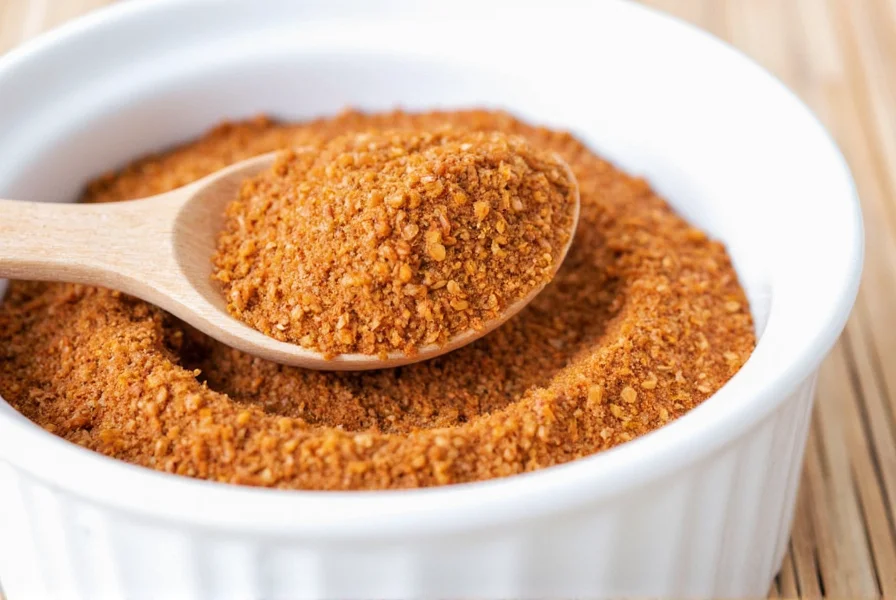
How to Make Your Own Goya Adobo Seasoning
While store-bought Goya Adobo is convenient and flavorful, making your own at home allows you to tweak the ratios to suit your taste — plus, it's surprisingly easy!
Homemade Goya-Style Adobo Recipe
Makes about ½ cup of seasoning
- 2 tbsp coarse salt
- 1 tbsp garlic powder
- 1 tsp ground black pepper
- 1 tsp dried oregano (preferably Mexican or Cuban for authenticity)
- 1 tsp annatto powder (or sweet paprika as a substitute)
- ½ tsp coriander powder (optional, adds depth)
Instructions
- In a small bowl, combine all ingredients thoroughly using a whisk or spoon.
- Taste and adjust salt or spices if needed.
- Store in an airtight container away from light and moisture.
Voilà! You’ve got your own batch of adobo seasoning ready to elevate your dishes.
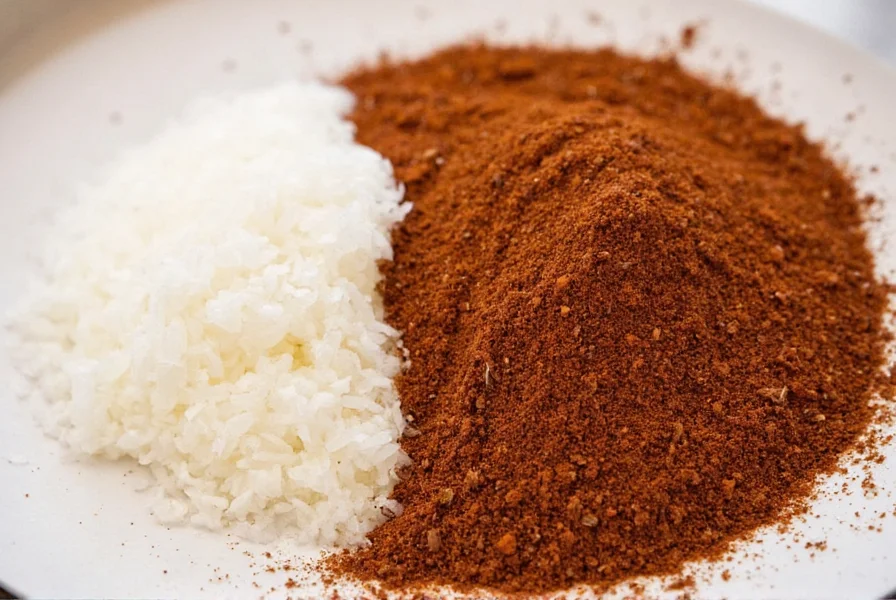
Creative Uses for Adobo Seasoning
You might think of adobo as something only for chicken or pork, but it’s far more versatile than that. Here are some ways to get the most out of your homemade or store-bought adobo:
- Marinades: Mix adobo with olive oil or citrus juice for a quick marinade for meats or tofu.
- Rub for Grilling: Use as a dry rub for grilled chicken, shrimp, or even corn on the cob.
- Vegetable Boost: Toss roasted vegetables like cauliflower, potatoes, or squash with adobo before baking.
- Bean Magic: Stir into black beans, pinto beans, or lentils while simmering for a hearty flavor boost.
- Potato Wedges: Sprinkle over potato wedges or fries before baking for a spiced-up side dish.
- Eggs: Add a pinch to scrambled eggs or omelets for a twist.
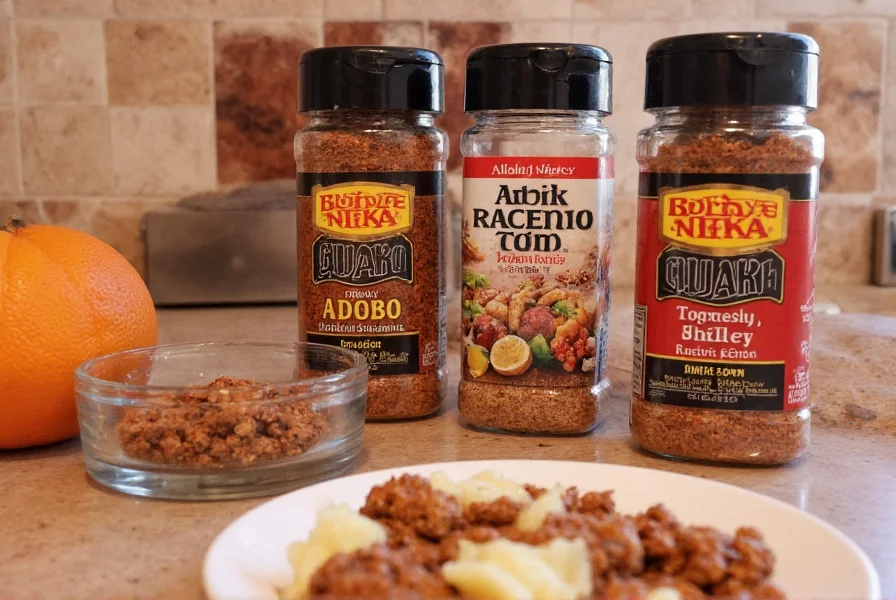
Buying Guide: Top Commercial Brands
If you’re not into DIY, there are plenty of high-quality adobo seasoning brands available. Here’s a list of the top options you’ll find in supermarkets or online:
| Brand | Key Features | Best For | Flavor Notes |
|---|---|---|---|
| Goya Foods | The original; widely available | Traditional Latin dishes | Earthy, garlicky, mildly peppery |
| Badia Adobo | Stronger garlic and oregano notes | Home cooks seeking bolder flavor | More intense, aromatic |
| McCormick Adobo | Mild and balanced; mass-market appeal | New users or family meals | Clean, simple, slightly sweet |
| El Sabor Adobo | Contains culantro for extra zest | Experienced Latin cuisine enthusiasts | Complex, herbaceous |
| 365 Everyday Value (Whole Foods) | Organic option; no artificial additives | Health-conscious cooks | Natural, slightly lighter profile |
Things to Look For When Buying
- No MSG – Always check the label if you prefer natural ingredients.
- Fragrance – A fresh aroma means the herbs are still potent.
- Color – Rich golden-orange hue indicates good quality annatto content.
- Texture – Should be fine and consistent, not clumpy or overly powdery.
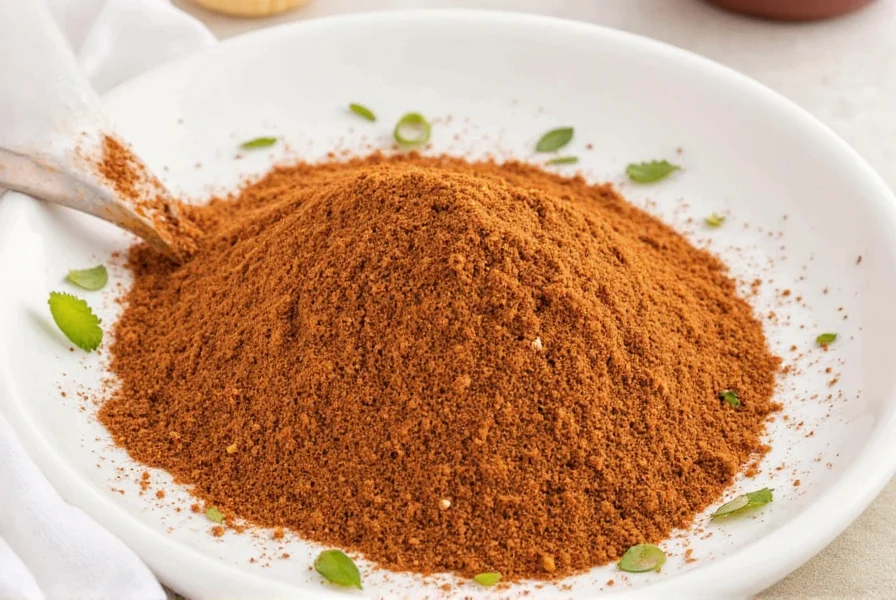
Adobo vs. Other Latin Seasonings: What’s the Difference?
Latin cuisines are rich in seasoning blends, each with its unique character. Let’s compare Goya Adobo with some popular alternatives:
| Seasoning | Main Ingredients | Flavor Profile | Best Used In |
|---|---|---|---|
| Adobo (Goya-style) | Salt, garlic, pepper, oregano, annatto | Earthy, garlicky, warm | Meats, rice, beans |
| Sazón | Annatto, coriander, cumin, garlic, sometimes MSG | Smoky, citrusy, bright | Seafood, soups, rice |
| Recado Rojo (Mexican) | Annatto, vinegar, spices | Spicy, tangy, smoky paste | Yucatecan dishes like cochinita pibil |
| Criollita | Herb-heavy, similar to adobo | Green, leafy, fresh | White fish, poultry, salads |
| Allspice-Based Rubs | Pimento, thyme, garlic | Woody, spicy, Jamaican jerk style | Jerk chicken, grilled meats |
Each has its place depending on the dish and desired effect. Adobo is best when you want a reliable base that enhances without dominating.
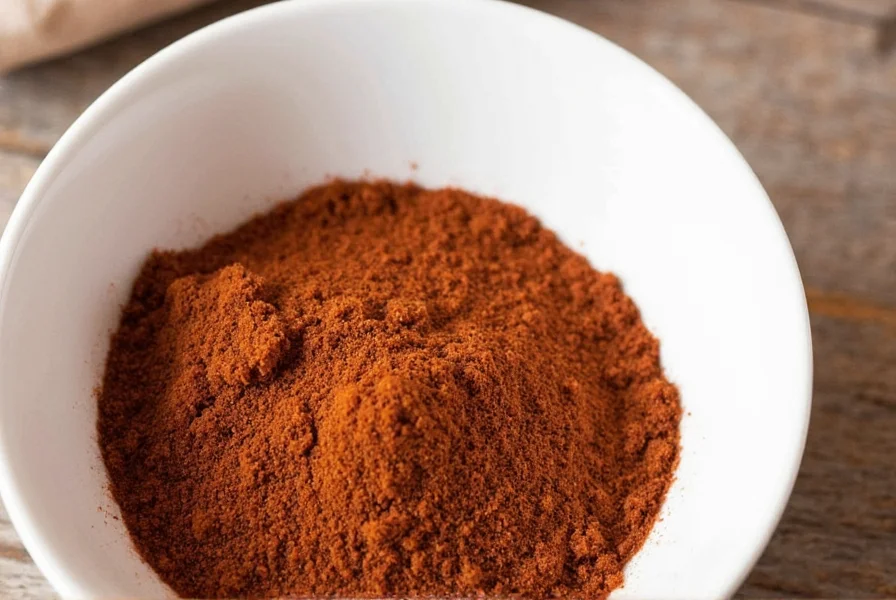
How to Store Adobo Properly
To maintain freshness and potency, proper storage is key. Here’s how to keep your adobo seasoning tasting great for months:
- Airtight Container: Transfer to a sealed glass jar or shaker bottle to prevent moisture and air exposure.
- Dark, Cool Place: Keep in a pantry or cabinet away from heat sources like the stove or oven.
- Avoid Contamination: Never use a wet spoon to scoop out the seasoning — always keep it dry!
- Shelf Life: Most dry spice blends last 6–12 months. Label your homemade mix with the date you made it.
- Check for Smell: If the fragrance fades, so does the flavor — time for a fresh batch!
If you're storing homemade versions long-term, consider vacuum-sealing them or adding silica packets to absorb moisture.
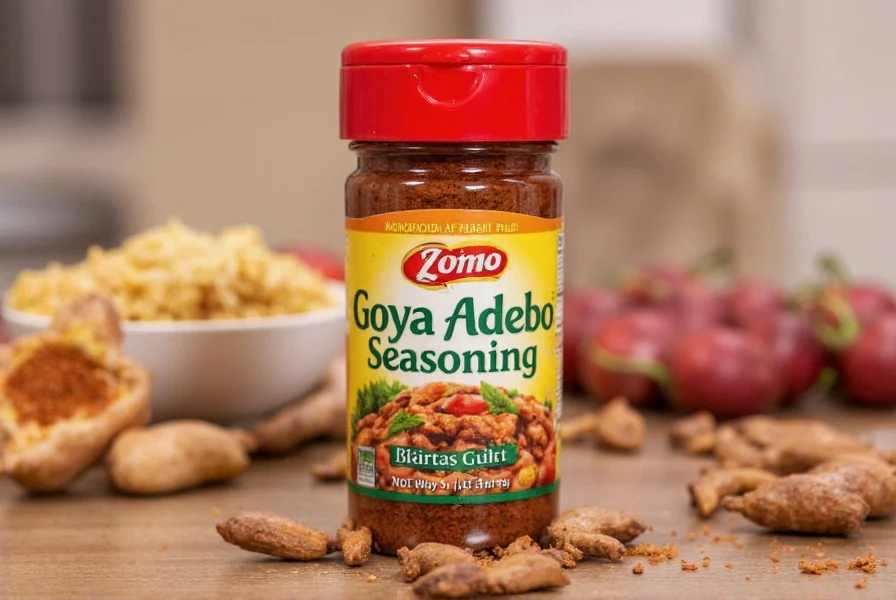
Final Thoughts: Embrace the Flavor
Whether you buy it off the shelf or make your own, Goya Adobo seasoning brings warmth, tradition, and complexity to your everyday cooking. It’s a testament to how a few simple spices can transform a meal into something unforgettable. With this guide, you now have the tools to use it creatively, understand its origins, and choose the best version for your needs.
So next time you reach for a spice, don’t settle for bland — grab some adobo and let your kitchen sizzle with authentic Latin flair.
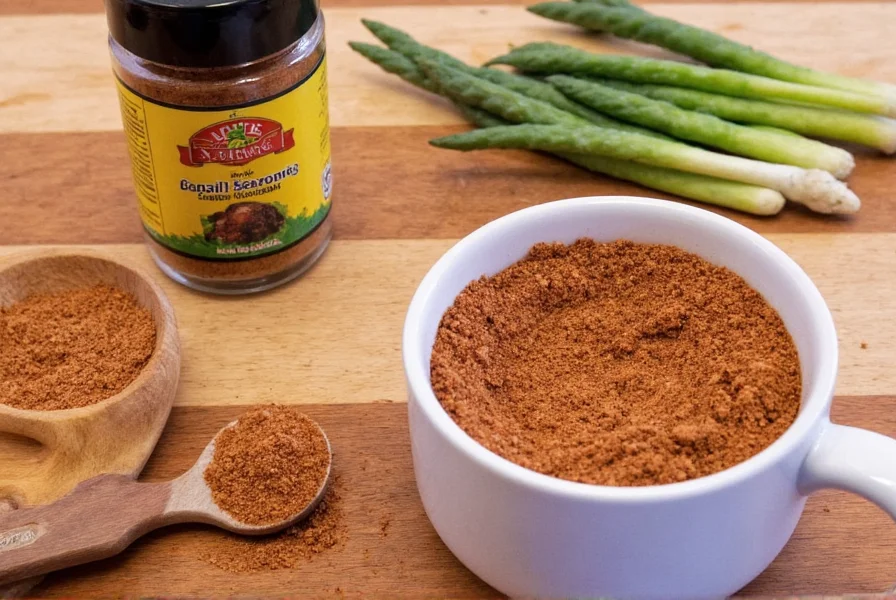











 浙公网安备
33010002000092号
浙公网安备
33010002000092号 浙B2-20120091-4
浙B2-20120091-4